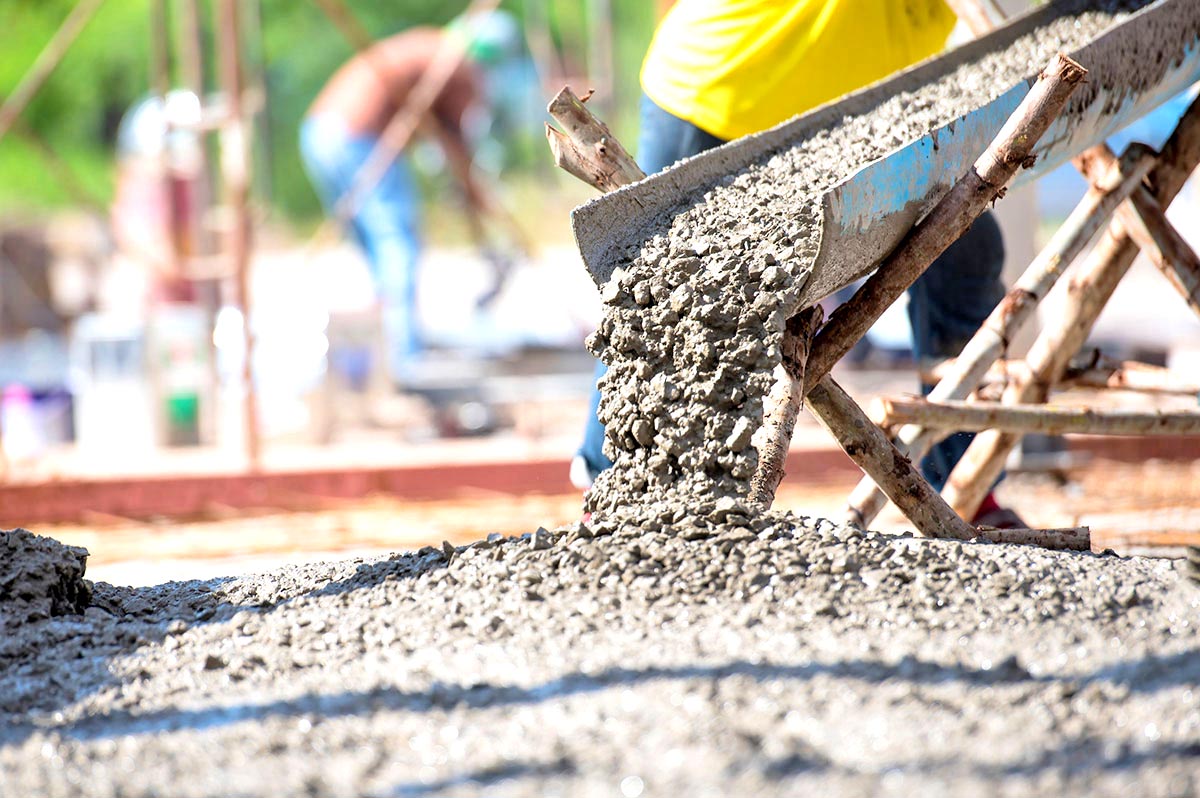Lignosulfonates are a type of water-soluble lignin derivative that is commonly used in the construction industry, including in the production of concrete. Lignosulfonates are obtained as byproducts during the sulfite pulping process in the paper industry.
When added to concrete mixtures, lignosulfonates serve as water-reducing admixtures or plasticizers. They improve the workability of the concrete mixture by reducing the amount of water needed while maintaining the desired consistency. This water reduction effect is especially useful in concrete mixes where a lower water-to-cement ratio is desired to achieve higher strength and durability.
The lignosulfonate molecules have a high affinity for water and cement particles, which helps to disperse and separate the cement grains, allowing for better particle lubrication. This, in turn, improves the flowability and workability of the concrete, making it easier to place, compact, and finish. Lignosulfonates also assist in reducing the air content in concrete, resulting in a denser and stronger final product.
In addition to their water-reducing properties, lignosulfonates also exhibit some retarding effects on the setting time of concrete. This can be beneficial in situations where extended workability or longer transportation times are required. However, if precise control over the setting time is crucial, it is necessary to consider the dosage and specific characteristics of the lignosulfonate product used.
It’s important to note that while lignosulfonates offer advantages in concrete production, their effectiveness can vary depending on factors such as dosage, cement type, temperature, and the presence of other chemical admixtures. Therefore, it is advisable to consult the manufacturer’s guidelines and conduct proper testing to determine the optimal dosage and compatibility with other concrete additives for a specific application.
Overall, lignosulfonates are commonly employed as water-reducing admixtures in concrete to enhance workability, reduce water requirements, and potentially improve the strength and durability of the final product.

